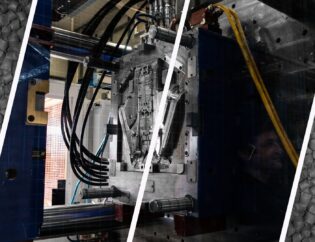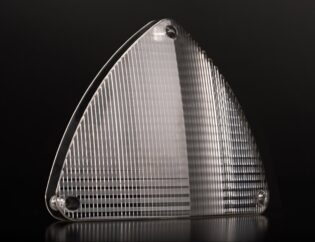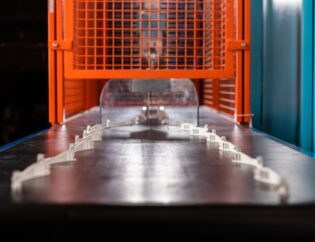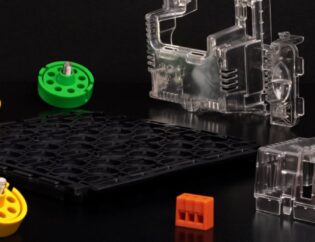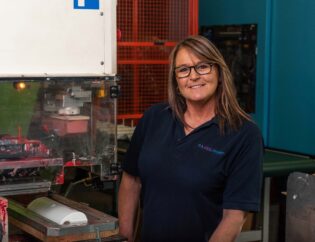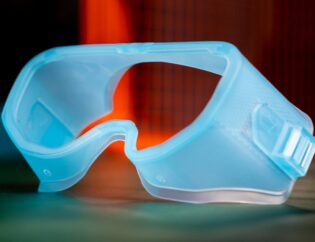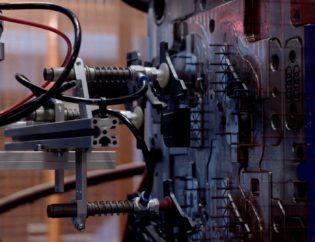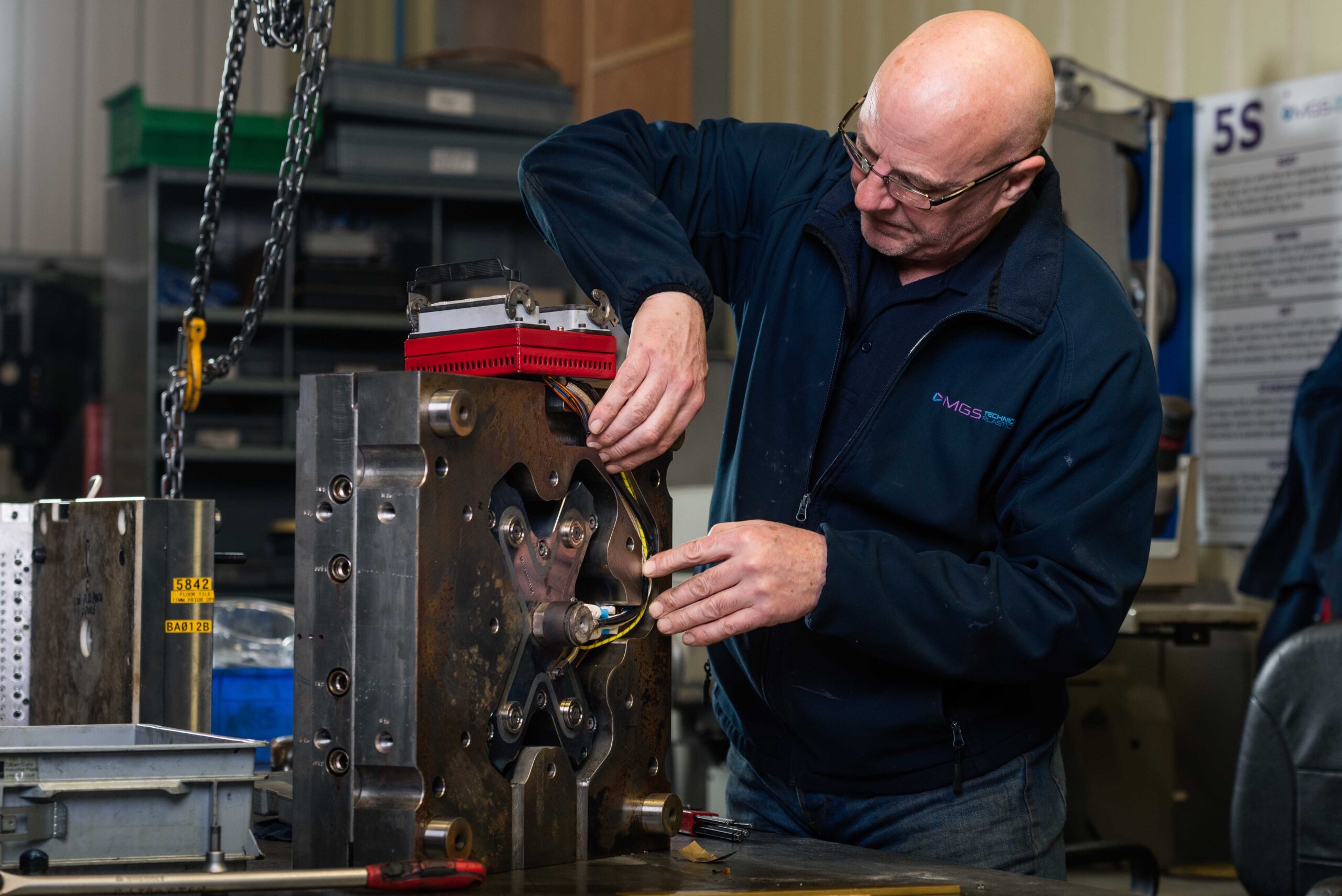
Tooling is essential to the production of injection moulded products. There are many factors that can contribute to the final tooling manufactured for a project.
We go talk about tooling in general in our guide to injection moulding tooling if you want a starting point for building your knowledge.
Multiple factors to take into consideration are volume, budget and project growth.
- Depending on the volume, we can quote from a 1 impression tool up to 8 or more impressions in one tool.
- Your budget may also factor into what can be afforded now and we can work and quote to achieve the best results possible.
- Lastly, project growth can also help decide, for example, if annual volumes are expected to stay the same over the project or if there is growth over the project life.
There are many options to consider, two of which are multicavity and family tools. These can be defined as:
- A multicavity tool is where one tool can produce multiples of the same component.
- A family tool is where one tool can produce different components in the same tool.
There are pros and cons for both, and we’ve summarised them below.
Multicavity Tool
We would recommend a tool with multi cavities if there is an expected high volume for the project. We can then produce multiple components, such as 2 or more, in the same amount of time it will take to produce 1 impression.
The majority of the time, the cost to produce one tool with multiple cavities is less than purchasing separate tools with 1 impression. However, this also depends on the complexity of the tool by adding multiple impressions.
There is a higher initial investment in purchasing a multicavity tool than a 1 cavity tool. Still, the return on investment in tooling can be realised in shorter production lead times for components and most likely a smaller cost per component.
In summary, the pros and cons of multicavity tooling are:
- Can produce more components in a similar amount of time, meaning it is great for a high-volume production
- Higher Initial Cost but less than purchasing multiple 1 impression tooling
- Shorter time for production
- Smaller cost per component compared to a 1 impression

Family Tool
We would recommend a family tool for the beginning of a new project with volumes that ramp up over the years. This is a great starting point to invest in further tools, such as multicavity tooling, as the project progresses.
A family tool allows multiple components to be produced in one tool, which will be a smaller investment than purchasing separate tools for each component. The same with the multicavity tooling, the components will benefit from sharing production costs and can benefit from a less expensive piece price.
However, all the parts will need to be the same colour and material. If they require different materials/colours, we recommend not investing in a family tool and having separate tools for each of the materials.
The components also need to be a similar size and depending on the design and complexity of the components, this will also determine the viability of them being in a family tool.
In summary, the pros and cons of family tools are:
- Great for the start of a project that will have increasing volumes year on year
- Allows multiple components to be made in one tool
- Higher Initial Cost but less than purchasing multiple 1 impression tooling
- Components preferably need to be the same material and colour
- The components also need to be a similar size
- Shorter time for production
What else to consider?
Another tooling configuration to consider is a 1+1 Impression. These are used a lot of the time for Left-Hand and Right-Hand corresponding parts.
Other factors to consider for multicavity, family tools and 1+1 impressions are that they need to be the same material and colour. The components will preferably have the same volume, however, tools can be configured to run with all the components at once or be blocked off to run certain ones and this needs to be designed into the tool.
A more complex tool may mean a bigger tool and this will lead to bigger machines and production costs.
How can we support your project?
Together we can determine the best design, material and production decisions for optimum quality, speed and value.
